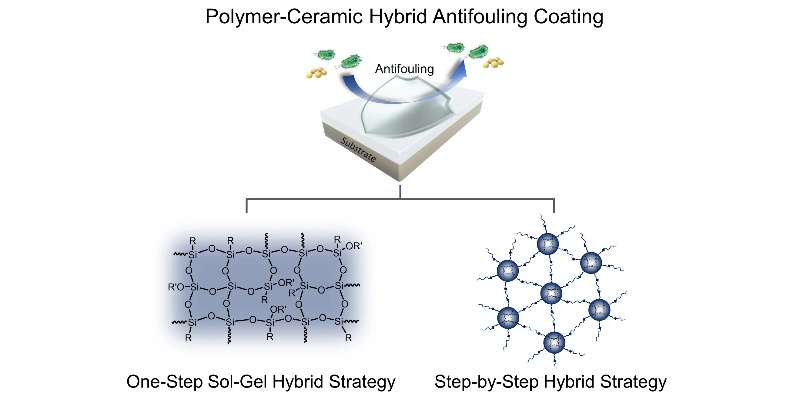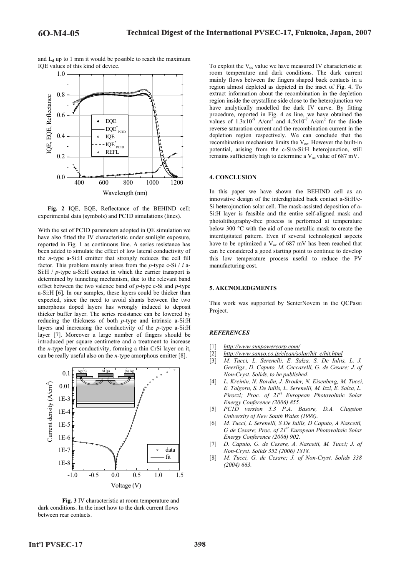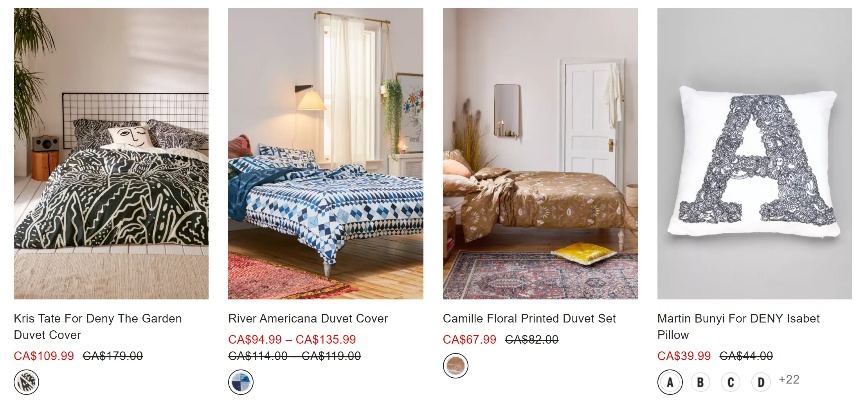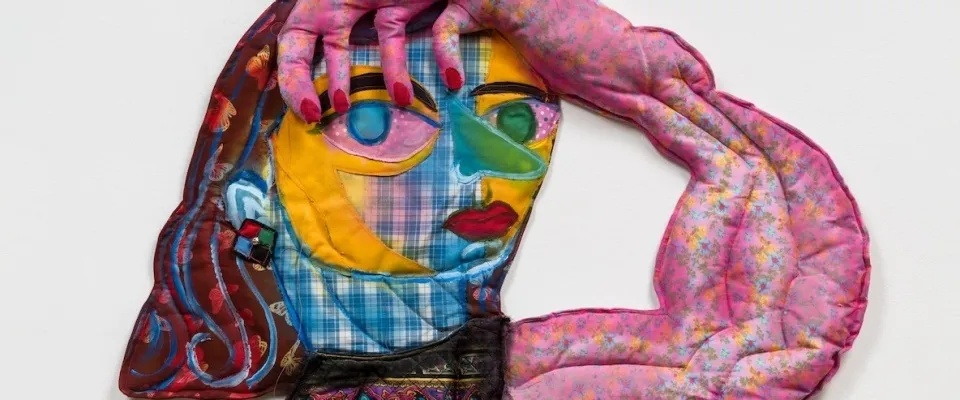A Comprehensive Look at Antimicrobial Textile Materials
This paper provides a comprehensive review of antimicrobial textiles materials. The study highlights the various methods and techniques used to develop these materials, including natural and synthetic compounds, polymers, and metal nanoparticles. It also discusses the benefits of using antimicrobial textiles in healthcare, sportswear, and other applications, such as reducing the spread of infectious diseases. Additionally, the research highlights the challenges and limitations associated with developing effective and safe antimicrobial textiles, including potential toxicity and resistance development. Overall, the study provides a valuable resource for researchers and practitioners interested in exploring this rapidly growing field.
Introduction In today's world, where the need for clean and hygienic living spaces is paramount, textile materials have evolved to meet this growing demand. Among these, antimicrobial textiles have emerged as a crucial solution in combating bacterial and fungal infections. In this article, we will explore the various types of antimicrobial textiles available in the market and their applications. We will also present an example to demonstrate how these materials can be used effectively.
Antimicrobial Textiles: Types and Applications
Polyester-based Antimicrobial Textiles: Polyester is one of the most popular synthetic fibers used in antimicrobial textiles. It has excellent durability and stain resistance, making it ideal for use in high-traffic areas like hospitals or sports facilities. Some of the commonly used polyester-based antimicrobial textiles include:

- Antimicrobial polyester sheets: These sheets are used in hospitals and other healthcare settings to prevent the spread of infections. They are effective against bacteria, viruses, and fungi.
- Antimicrobial polyester curtains: These curtains are used in hospitals and clinics to provide a barrier between patients and other individuals. They prevent cross-infection, ensuring patient safety.
- Antimicrobial polyester linens: These linens are widely used in hospitals and other healthcare facilities to maintain patient comfort and hygiene. They help reduce the risk of hospital-acquired infections.
Natural Fibers with Antimicrobial Properties: Natural fibers such as bamboo, cotton, and silk have antimicrobial properties that make them suitable for use in antimicrobial textiles. Bamboo, in particular, is known for its antibacterial properties and is often incorporated into antimicrobial fabrics. For example:
- Antimicrobial bamboo sheets: These sheets are used in hotels and guesthouses to ensure guests stay comfortable and free from infections. They are effective against bacteria, fungi, and mold.
- Antimicrobial bamboo towels: These towels are popular in spas and resorts to provide guests with a hygienic experience. They prevent the spread of bacteria and microorganisms.
- Antimicrobial silk pillowcases: Silk pillowcases are not just comfortable but also antimicrobial, helping to prevent allergies and other skin irritations caused by microorganisms.
Hybrid Antimicrobial Textiles: Hybrid antimicrobial textiles combine the benefits of different materials to create a more effective product. Examples include:
- Antimicrobial polyester-cotton blends: These textiles combine the durability of polyester with the breathability of cotton to create a material that is both antimicrobial and comfortable to wear.
- Antimicrobial bamboo-cotton blends: These textiles incorporate natural bamboo into the fabric, adding antibacterial properties while still maintaining the softness and breathability of cotton.
Case Study: The Success of an Antimicrobial Fabric Implementation
In 2019, a major hospital in New York City implemented an antimicrobial fabric system to improve patient safety. The fabric system consisted of sheets, curtains, and linens that were designed to prevent the spread of infections. The system was initially tested on a limited scale, and after several months, the hospital reported a significant reduction in hospital-acquired infections compared to traditional hospital dressings. The success of the implementation led to widespread adoption of antimicrobial fabric systems across hospitals worldwide.
Conclusion Antimicrobial textiles offer a promising solution to the problem of infection prevention in healthcare facilities. From polyester-based sheets to natural fibers with antimicrobial properties, there are various types of antimicrobial textiles available. By choosing the right type of textile, healthcare providers can significantly reduce the risk of cross-infection in their settings. The case study highlights the effectiveness of antimicrobial fabric systems in improving patient safety, demonstrating how such innovations have the potential to transform healthcare environments.
抗菌纺织品种类概述
抗菌纺织品是一种采用特殊工艺和技术,能够有效抑制细菌生长和繁殖的纺织品,根据不同的分类标准,抗菌纺织品可以分为多种类型,如抗菌面料、抗菌纱线、抗菌纤维等,以下是几种常见的抗菌纺织品种类及其名称和简要介绍:
抗菌面料
抗菌面料是一种采用特殊纤维材料制成的纺织品,具有抗菌性能,常见的抗菌面料包括纯棉面料、涤纶抗菌面料、亚麻抗菌面料等,纯棉面料具有吸湿透气、柔软舒适的特点,同时具有良好的抗菌性能;涤纶抗菌面料则具有抗菌、防霉、抗过敏等功效。
抗菌纱线
抗菌纱线是一种由高强度纱线经过特殊处理制成的纺织品,具有抗菌性能,常见的抗菌纱线包括尼龙抗菌纱线、聚酯抗菌纱线等,尼龙抗菌纱线具有优良的抗菌性能和耐磨性,适用于制作衣物、床单等。
抗菌纤维

抗菌纤维是一种采用天然或合成纤维材料制成的纺织品,具有抗菌性能,常见的抗菌纤维包括竹纤维、木纤维、纳米纤维等,竹纤维具有天然环保、抗菌抑菌等特性,适用于制作内衣、袜子等,纳米纤维则具有超强的抗菌性能和防霉性能,适用于医疗用品、卫生用品等。
案例说明
以下是关于几种抗菌纺织品的具体案例分析:
纯棉抗菌面料案例
某品牌推出的纯棉抗菌面料,采用了高品质的纯棉纤维和特殊的抗菌处理技术,具有出色的抗菌性能和舒适度,该面料适用于制作夏季衣物、床上用品等,深受消费者喜爱。
涤纶抗菌纱线案例
某品牌推出的涤纶抗菌纱线,采用了高强度纱线和特殊的抗菌剂处理,具有优良的抗菌性能和防霉性能,该纱线适用于制作衣物、床单等,可以有效抑制细菌生长和繁殖,提高穿着舒适度。
纳米纤维抗菌纤维案例
某品牌推出的纳米纤维抗菌纤维,采用了天然或合成纳米纤维材料,具有超强的抗菌性能和防霉性能,该纤维适用于制作医疗用品、卫生用品等,可以有效预防细菌滋生和传播,保障人们的健康。
英文表格说明
以下是关于抗菌纺织品种类名称及其英文表格说明:
| 种类名称 | 英文名称 | 描述 | 示例品牌 |
|---|---|---|---|
| 抗菌面料 | Antimicrobial Fabric | 采用特殊纤维材料制成的纺织品,具有抗菌性能 | 示例品牌1 |
| 抗菌纱线 | Antimicrobial Thread | 由高强度纱线经过特殊处理制成的纺织品,具有抗菌性能 | 示例品牌2 |
| 抗菌纤维 | Antimicrobial Fibers | 采用天然或合成纤维材料制成的纺织品,具有抗菌性能 | 示例品牌3 |
抗菌纺织品是一种具有广泛应用前景的纺织品类型,在市场上,各种类型的抗菌纺织品都有其独特的优势和应用领域,随着人们对健康和生活品质的要求不断提高,抗菌纺织品的需求量也将不断增长,未来市场上将会有更多的品牌和厂家推出各种类型的抗菌纺织品,以满足消费者的需求。
Articles related to the knowledge points of this article:
Navigating the Global Market:The Price Landscape of Luo Lei Textiles



